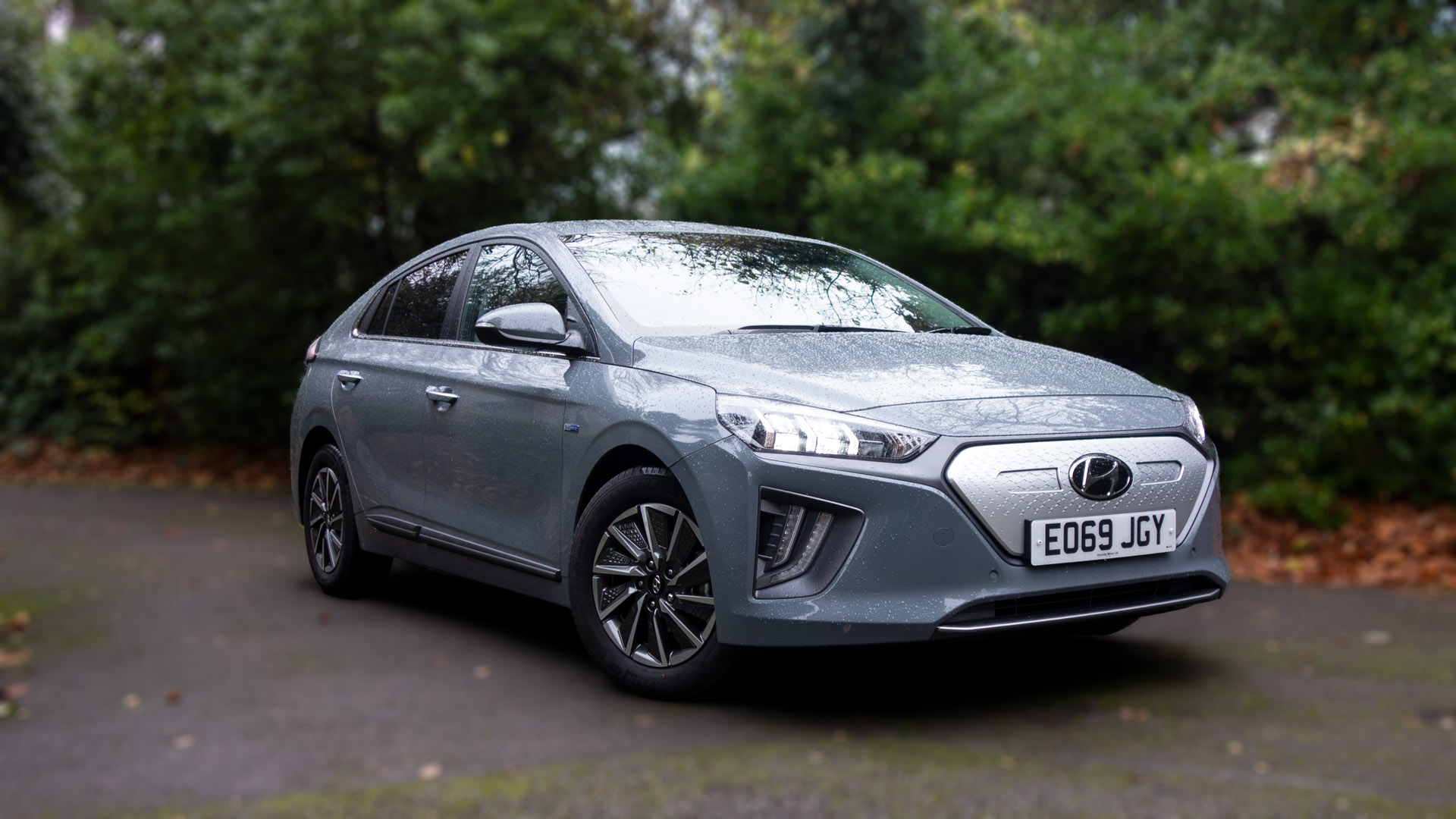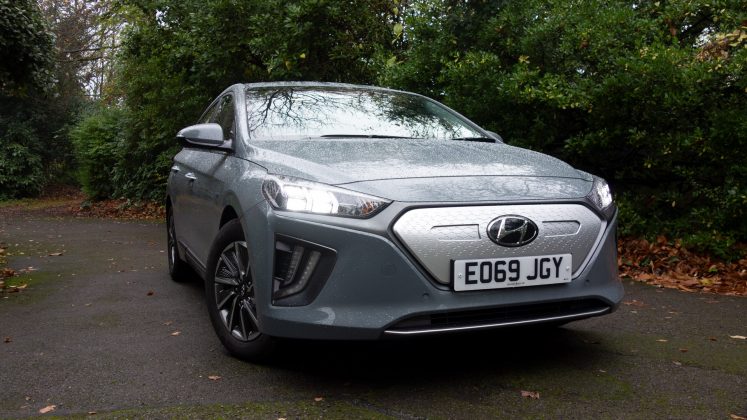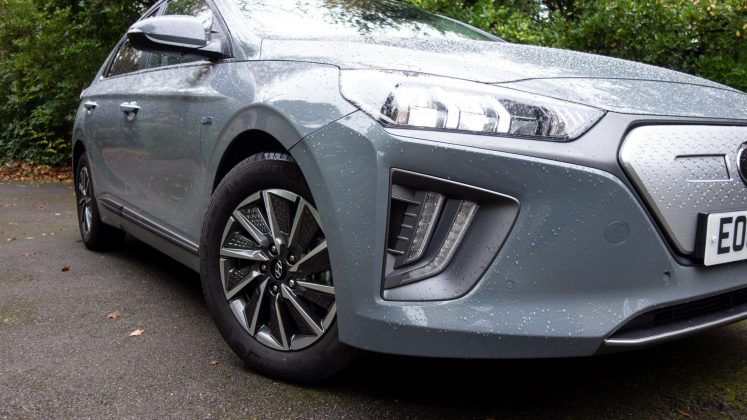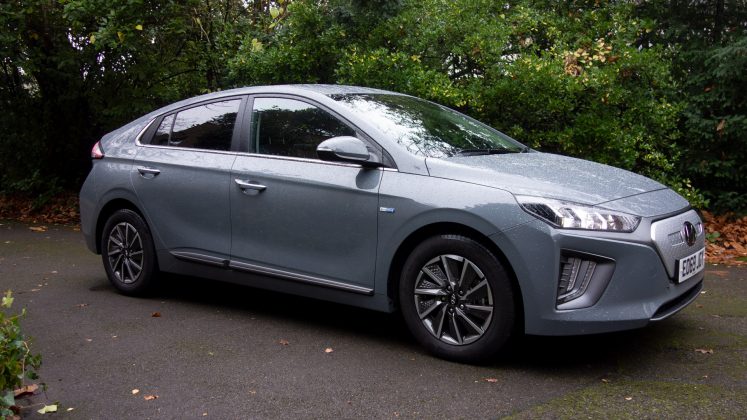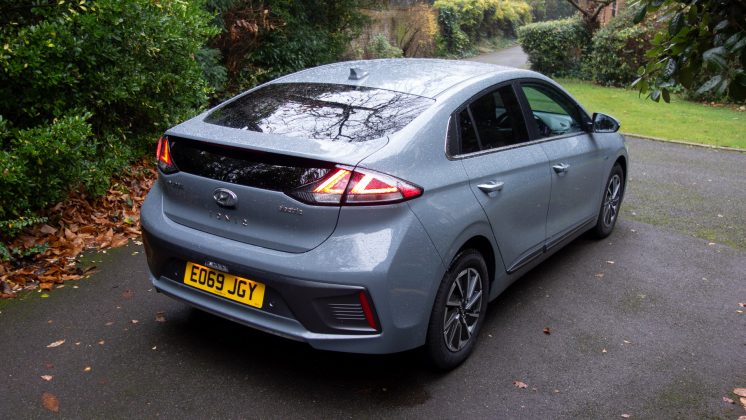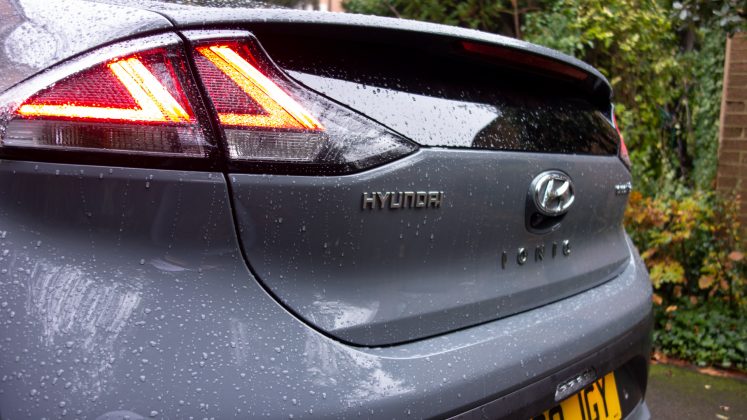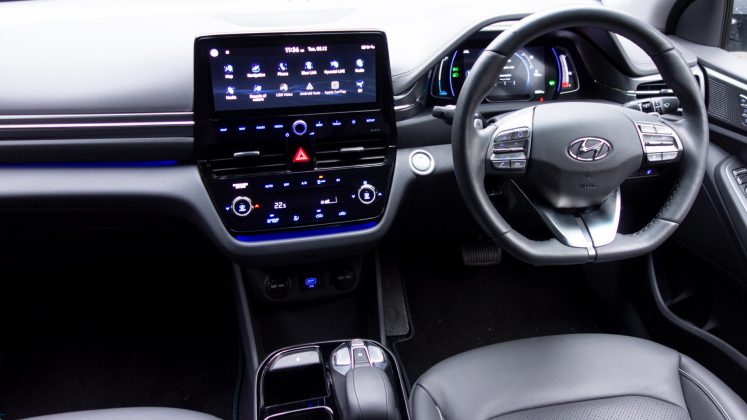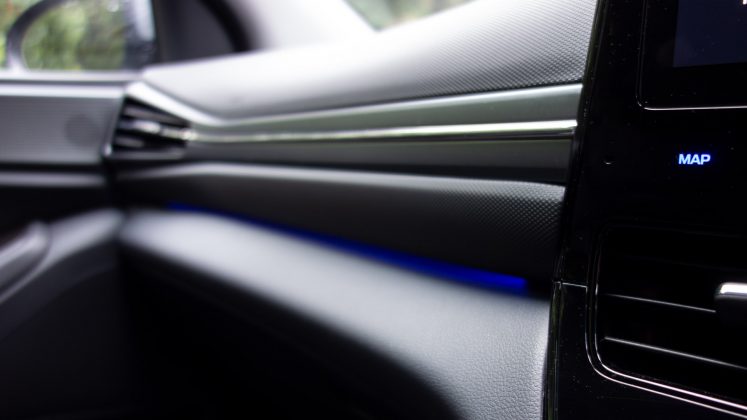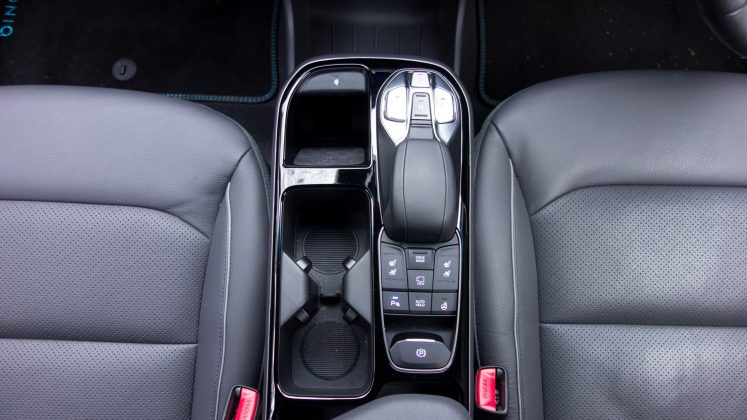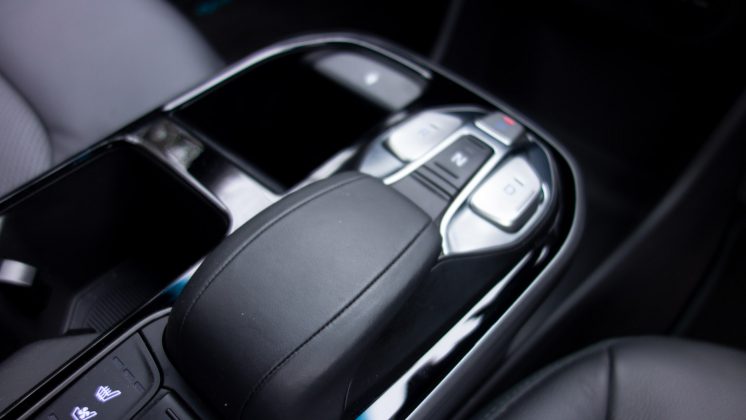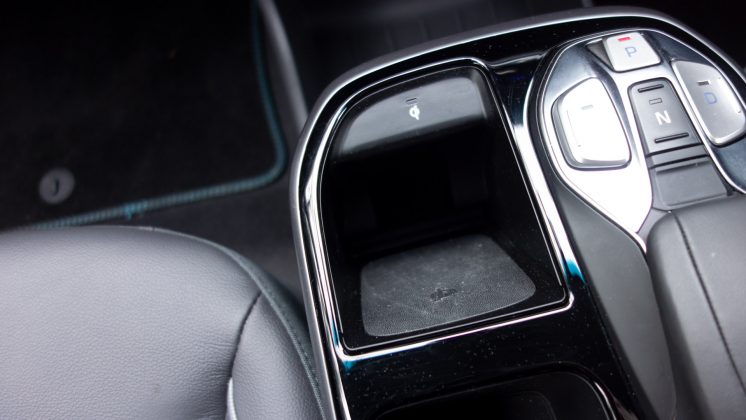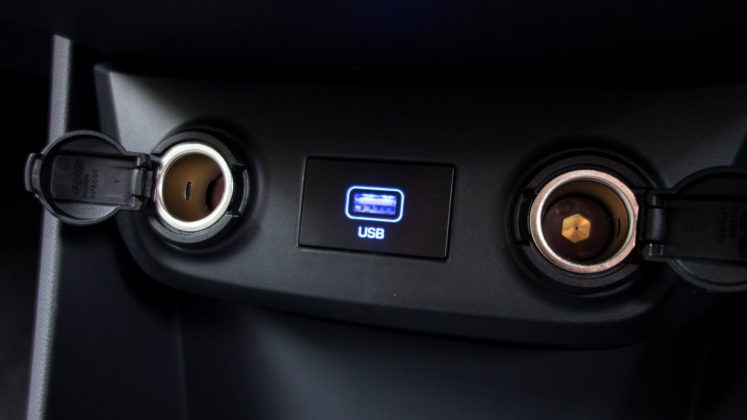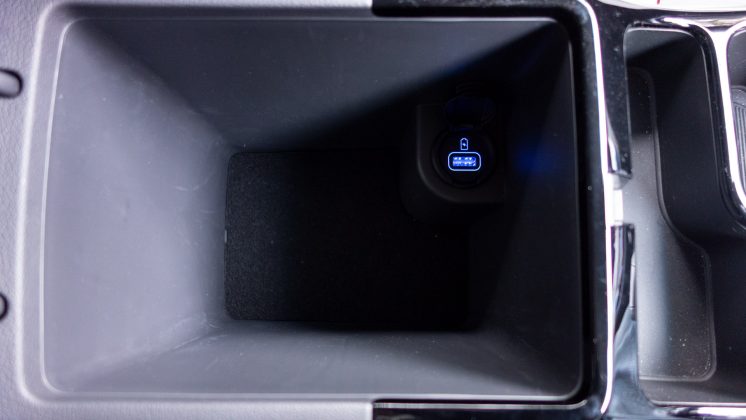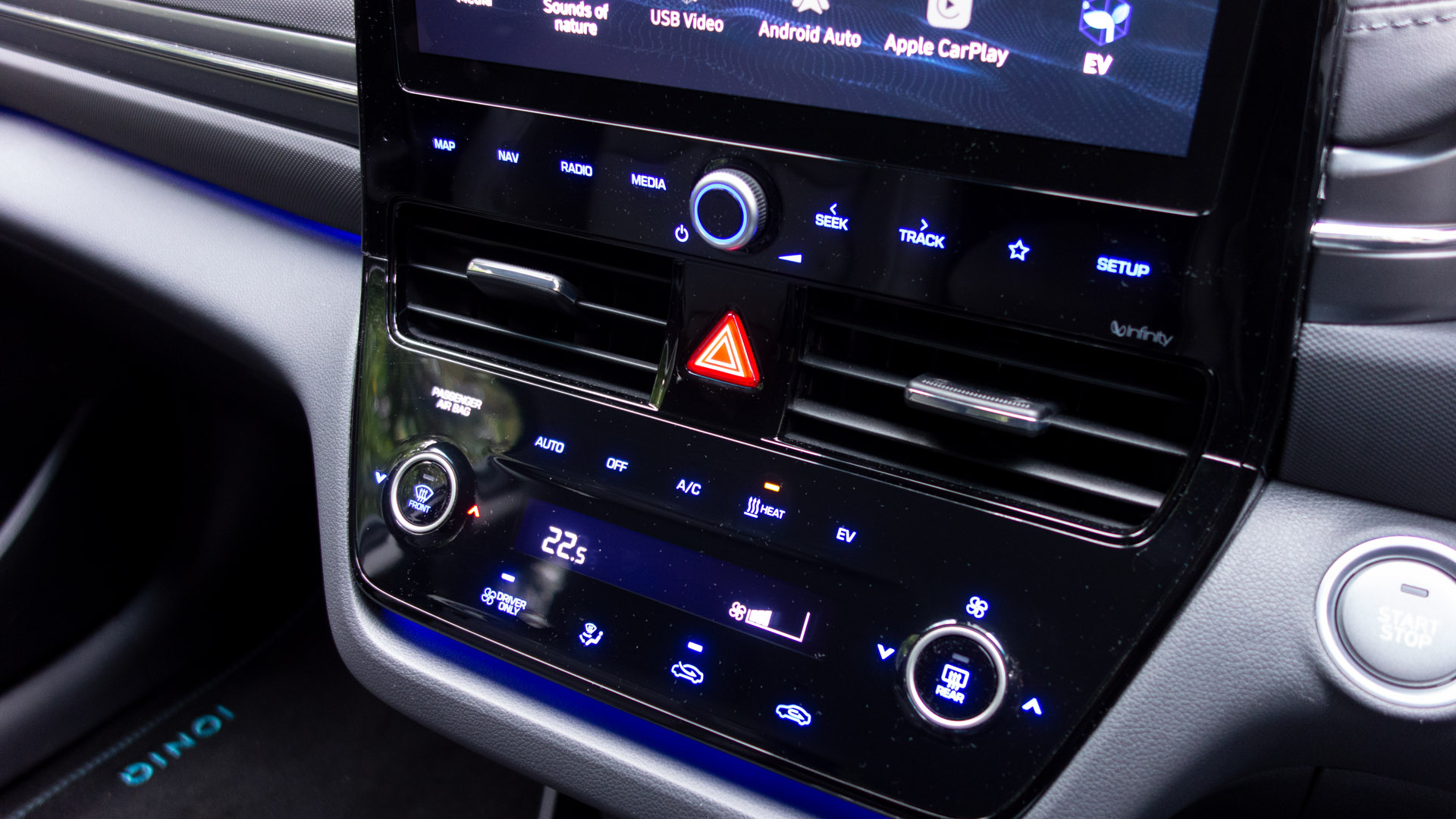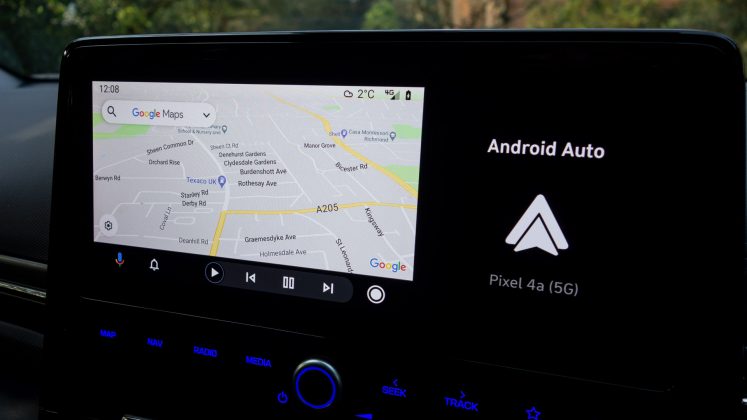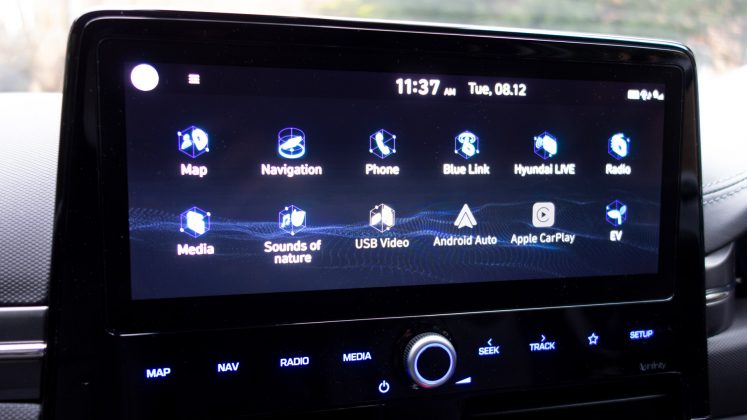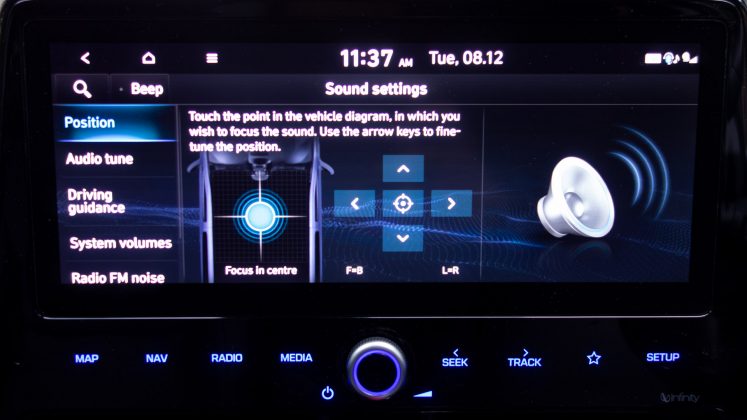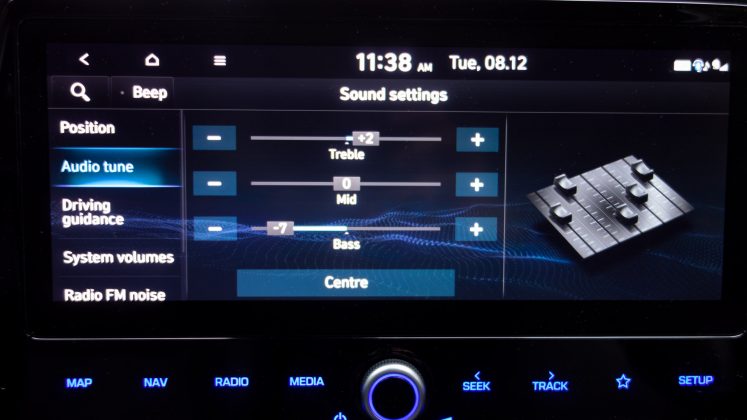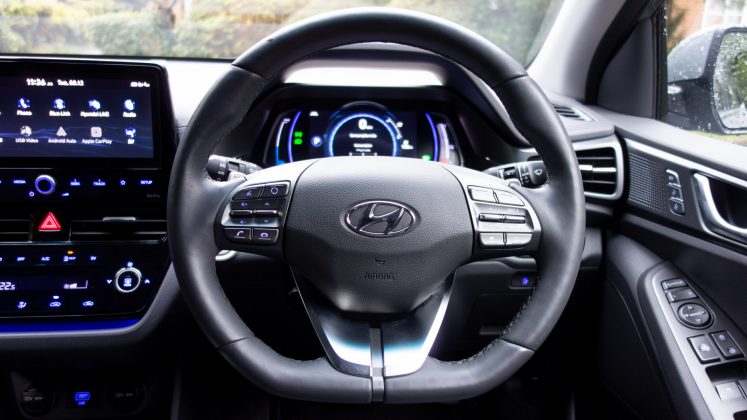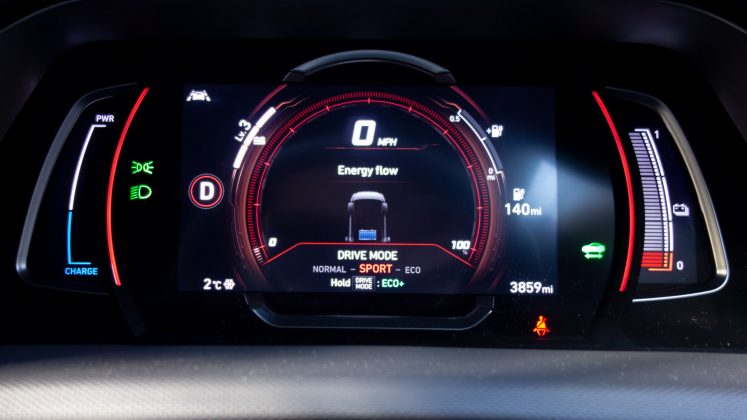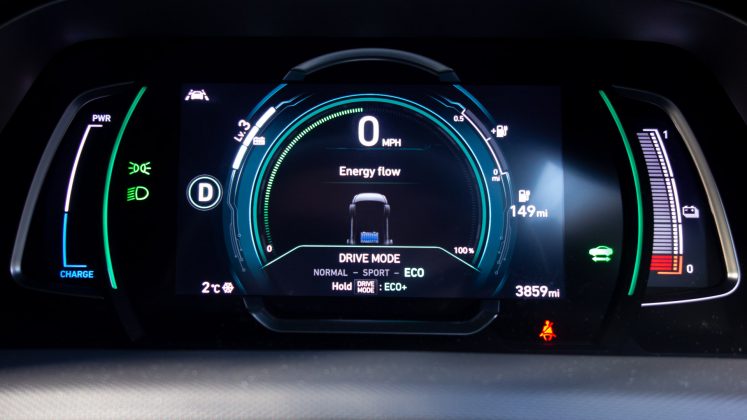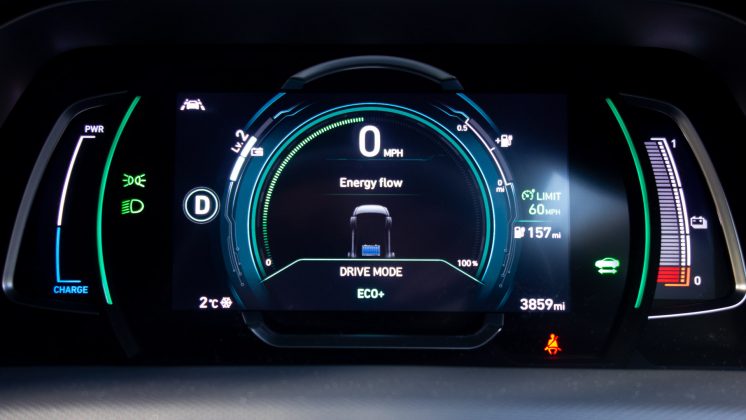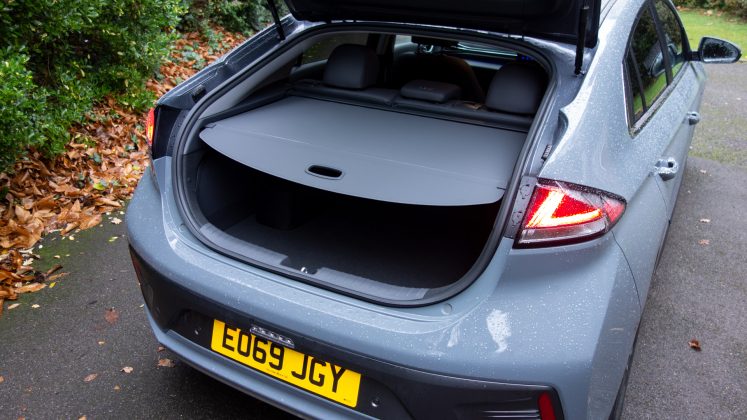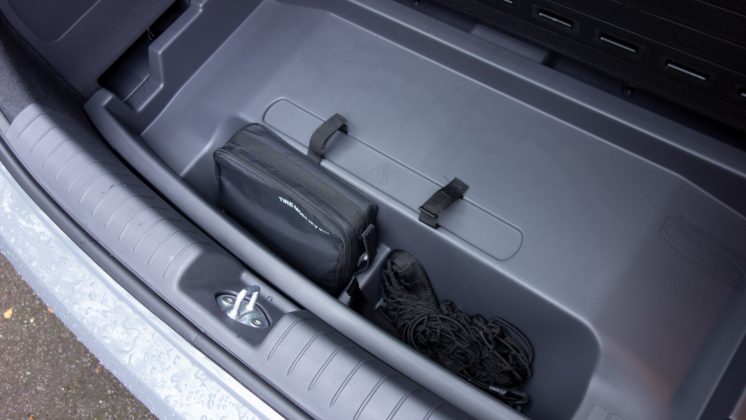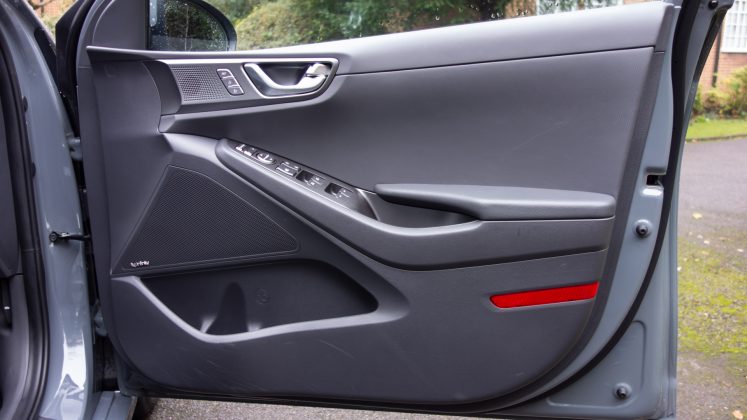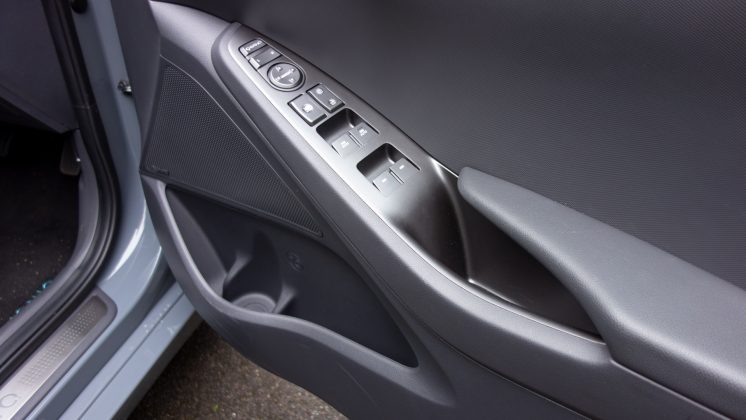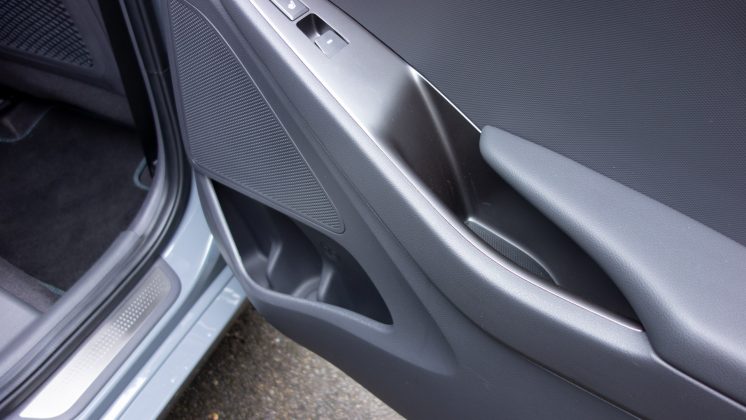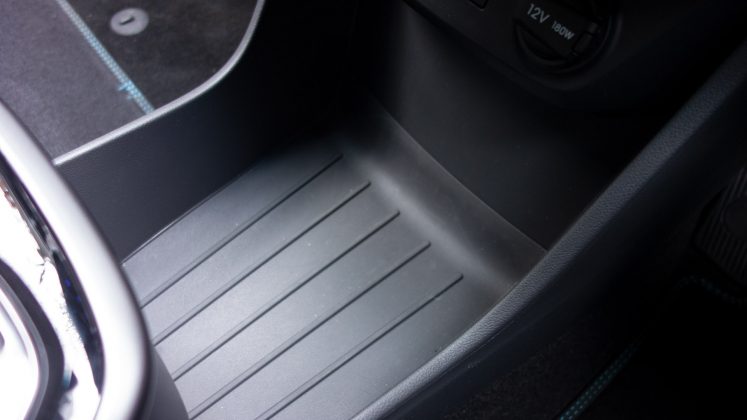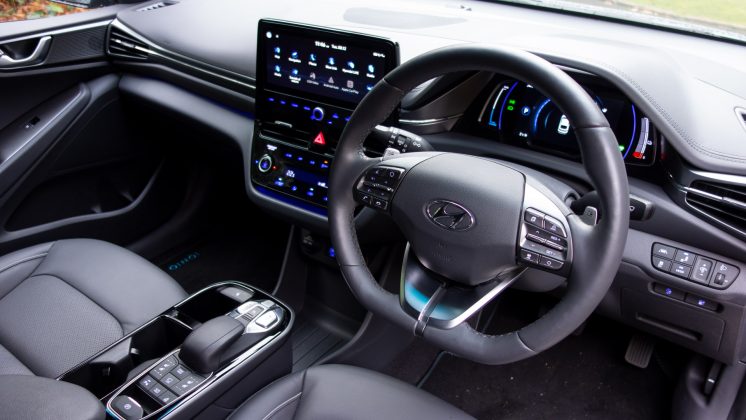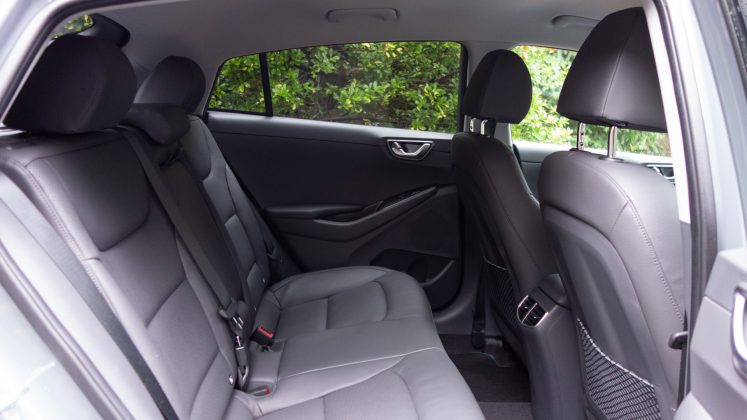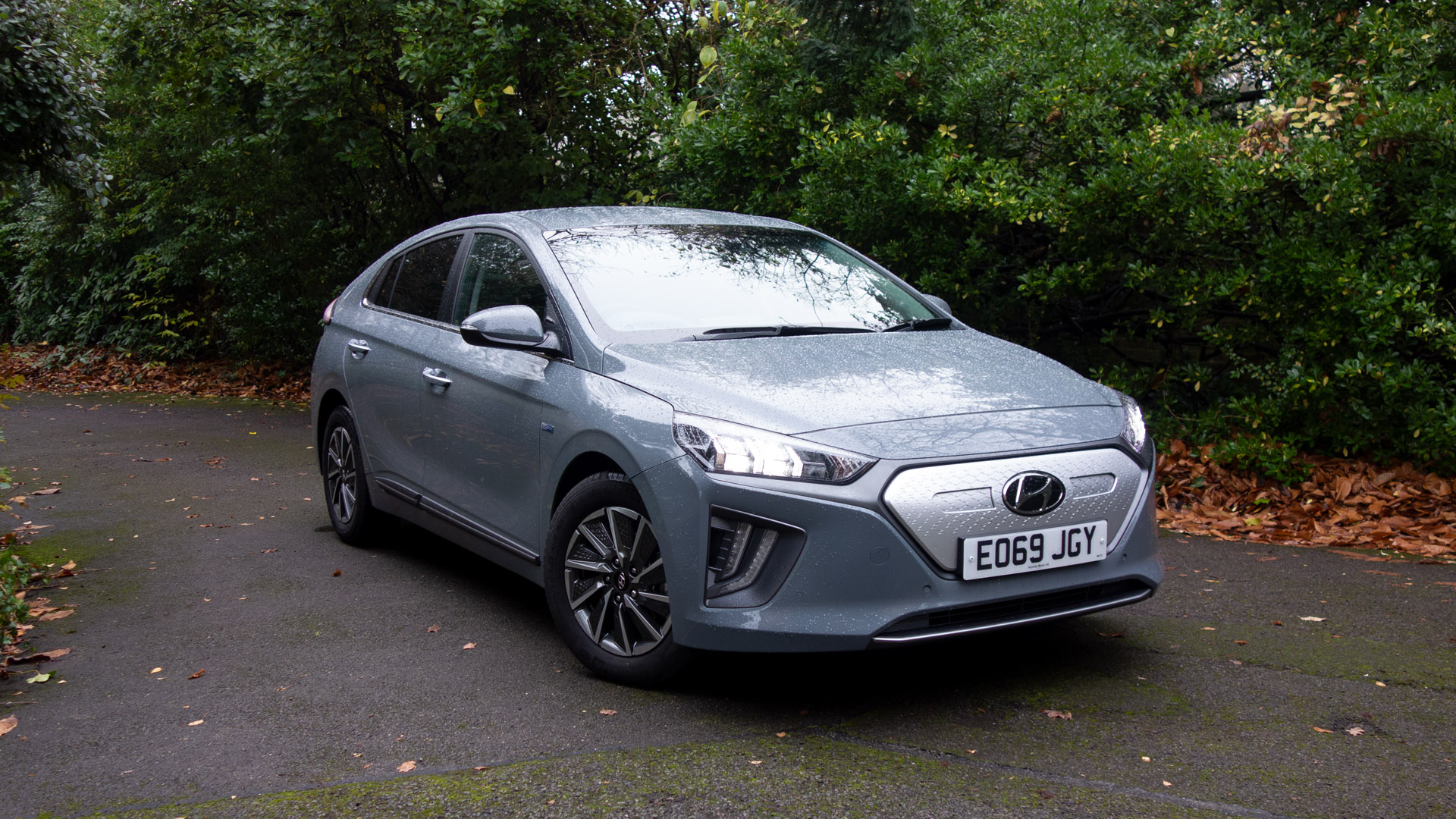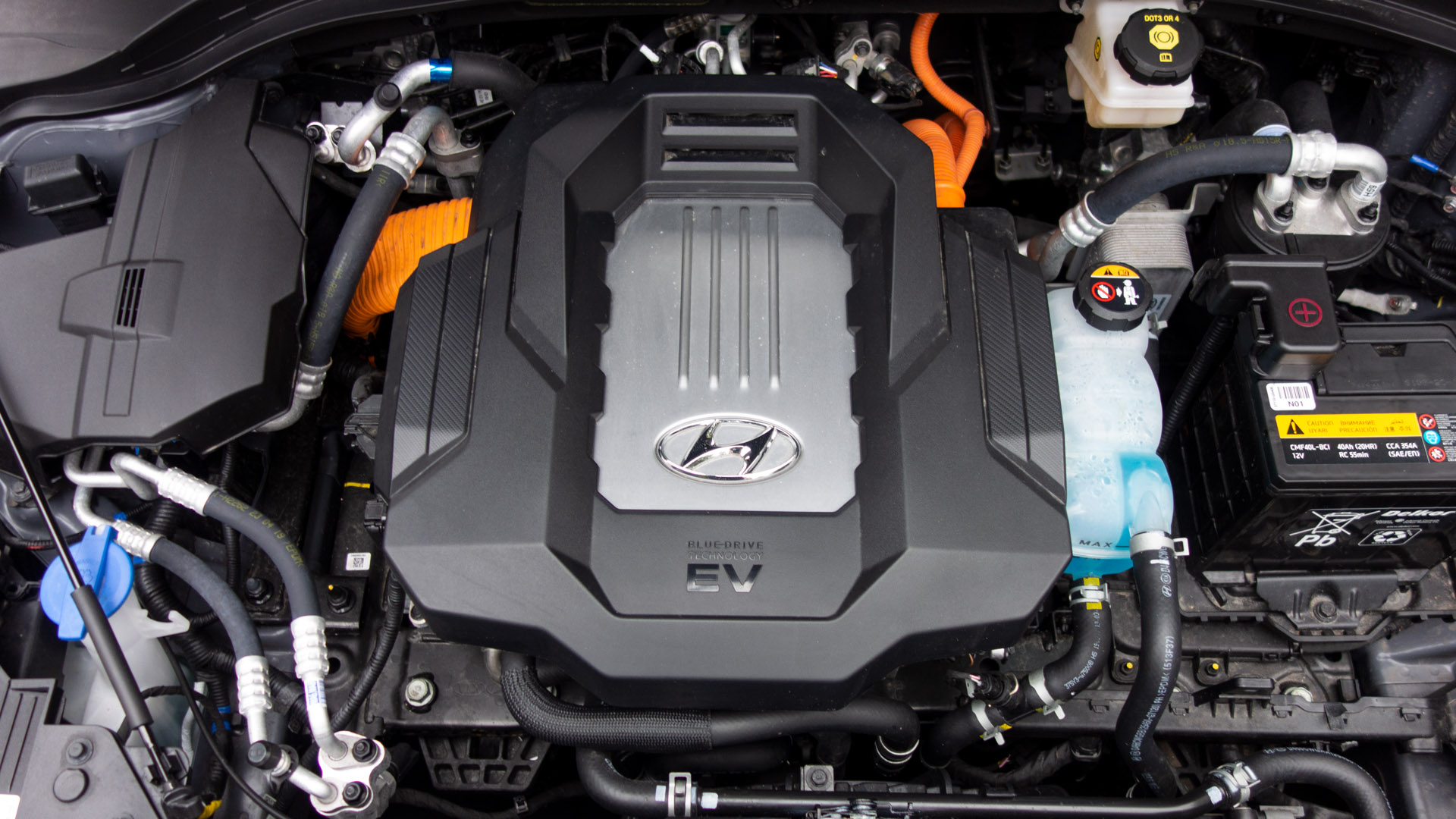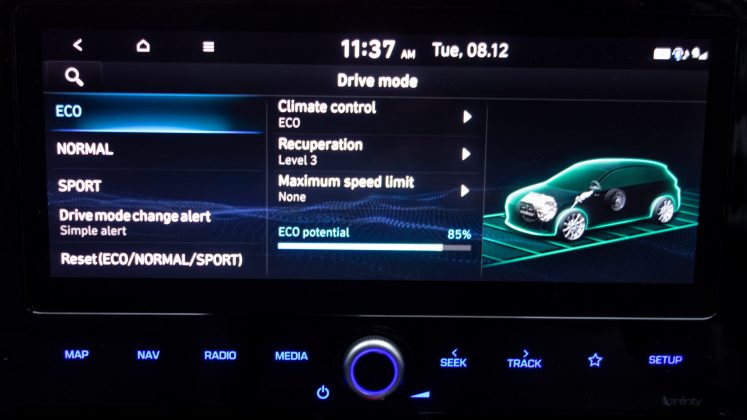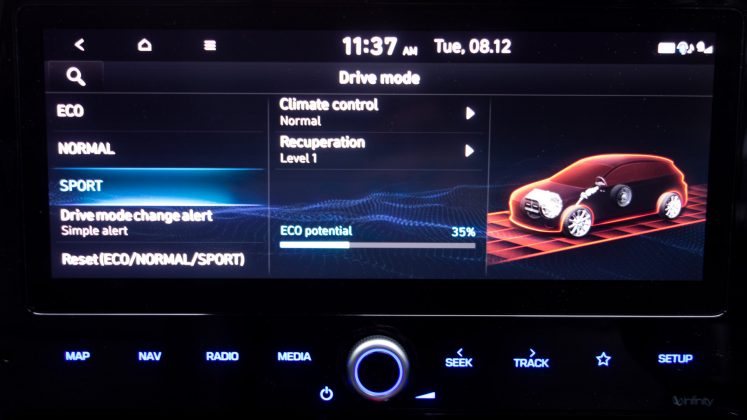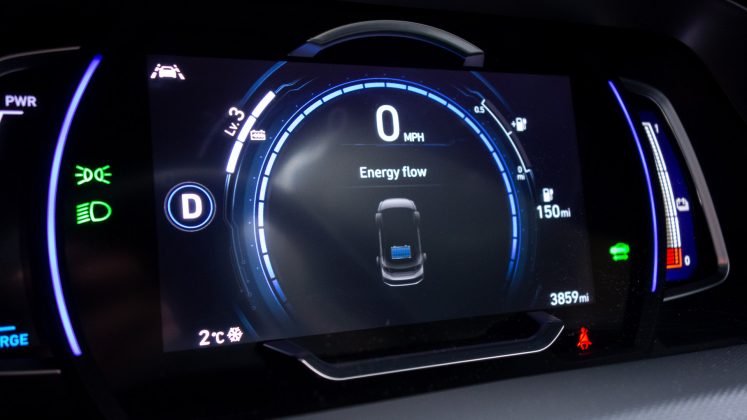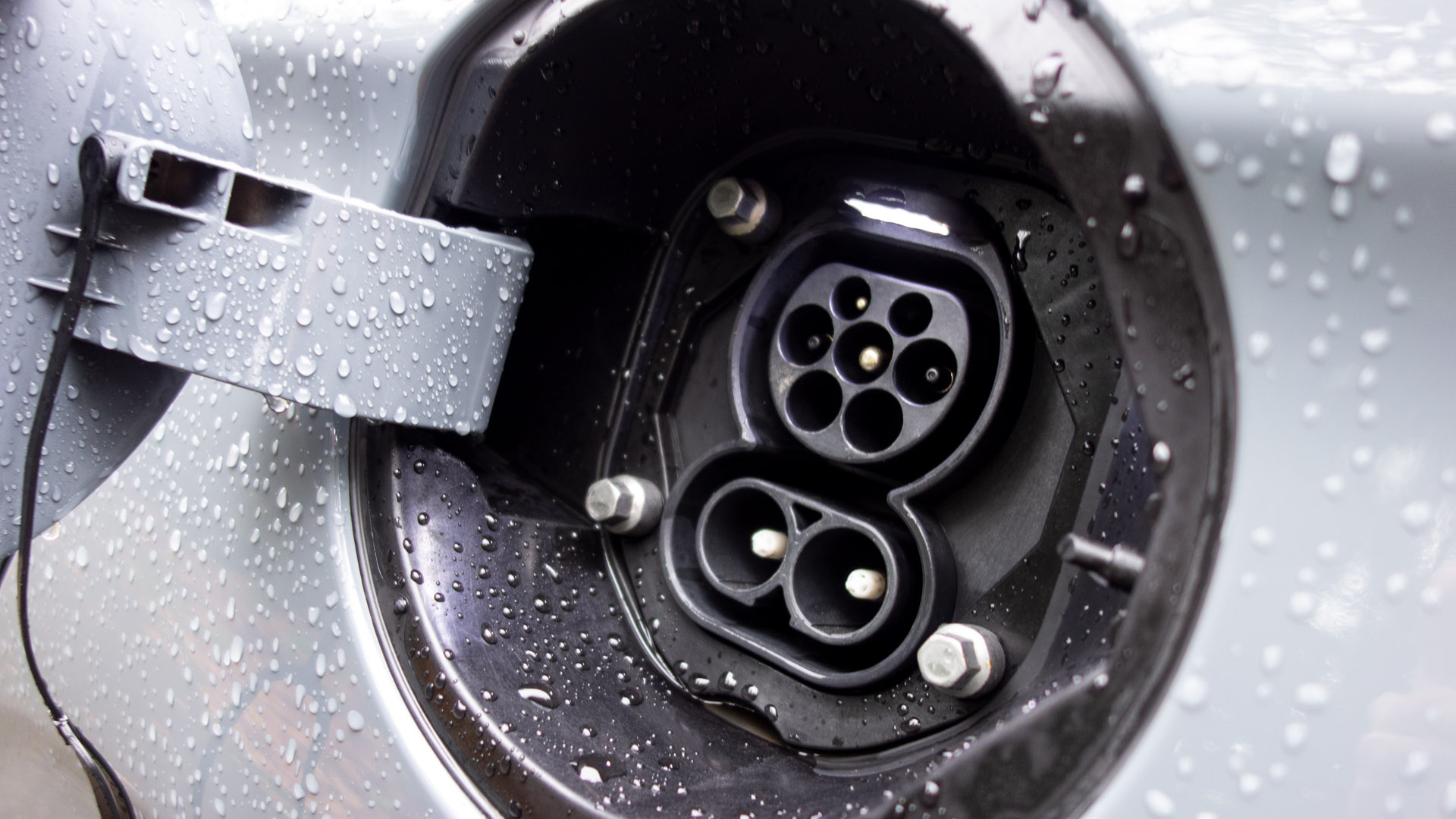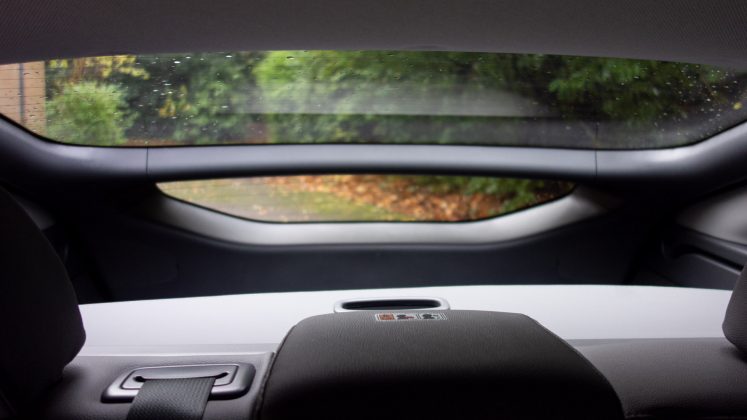The Ioniq Electric is, in many ways, Hyundai’s response to the Nissan Leaf. Originally released in 2010 as a limited-production vehicle in the United States, it later became widely available in 2016. Three years later, the South Korean manufacturer bolstered the vehicle’s electric driving range to 193 miles, up from 124 miles.
This was made possible thanks to advances in battery technology and the number of cells that could now be placed within the underfloor of the vehicle’s chassis – the battery pack found in the 2019-to-present model marked a 27% increase in capacity.
The question remains: has Hyundai done enough to set itself apart from the new Leaf and its other competitors?
If you’d prefer to watch a review of the Hyundai Ioniq Electric, head on over to our YouTube channel.
Hyundai Ioniq Electric price & competition
The Ioniq Electric is available in two trims: the Premium and Premium SE. The former starts from £30,950 (incl PiCG), while the latter costs an additional £2,000.
With the Premium trim, you get the following options as standard:
- 100 kW (134 hp) of power
- 38.3 kWh battery (193-mile WLTP range)
- 50 kW CCS and 7.2 kW Type 2 connector
- 16″ alloys
- Power folding door mirrors
- Manually adjustable driver’s seat
- Cruise control
- Lane departure warning with lane keep assist
- Rear parking sensor
- Rearview camera
- Heated driver’s seat
- Heated steering wheel
- 10.25″ infotainment system with Android Auto and Apple CarPlay
- 7″ instrument cluster
- Eight-speaker Infinity sound system
- Wireless phone charging pad
The slightly dearer Premium SE trim adds a few comfort and safety options:
- Electronically adjustable driver’s seat
- Ventilated front passenger seat
- Leather seat trim
- Windscreen wipers with rain sensor
- Rear privacy glass
- Front and rear parking sensors
- Blind spot assist
- Lane follow assist
- Rear cross-traffic alert
Find the best Hyundai Ioniq Electric deals
When it comes to its all-electric competitors, there are a few to consider: the comfy Renault Zoe starts from £26,995; the Nissan Leaf from £26,845; the tech-focused Honda e at £26,660; the stylish Mini Electric at £24,900; the bite-sized Volkswagen e-up! starts from £20,555 with its near-identical sibling, the Seat Mii Electric, coming in at £19,800; and the cheapest and most compact EV on the market, the Smart fortwo coupé, will set you back £17,550.
Read next: Volkswagen e-up! review: A bite-sized electric car
Hyundai Ioniq Electric exterior review
Coming in at a higher asking price over its main rivals, one would expect the Ioniq Electric to be a cut above the rest namely when it comes to its exterior design. Alas, Hyundai’s execution isn’t quite up to scratch, at least, not in our opinion.
The front of the vehicle is treated with a plastic grille, which frankly looks like it was an afterthought in the design process. Beside it, the fish-like gills that house the vehicle’s sidelights also attempt to spruce up the car’s design but don’t do enough to detract from that large plastic insert.
On the plus side, the LED headlights have a slender look, where the same could be said about the rear of the vehicle – the accentuated taillights give the Ioniq Electric a sense of style and character. The car’s side profile also has a premium touch to it – it’s largely due to the use of body-coloured wheel arches and sideskirts that bode well with the inclusion of 16″ alloys.
As for the colour of the vehicle, it comes as standard in ‘Polar White’. Should you wish to change it, it’ll cost an additional £565 – your options are: Fiery Red, Intense Blue, Phantom Black, Fluidic Metal, Typhoon Silver, Electric Shadow (pictured), Cyber Grey, and Amazon Grey.
Read next: Mini Electric review: Style over substance?
Hyundai Ioniq Electric interior review
Inside, it’s a different affair. Hyundai’s execution of the interior of the vehicle’s cabin is practically faultless. The steering wheel has a good feel to it, the dashboard a premium finish, and the centre console looks classy.
It’s not just the looks that count but its practical design, too. Starting by the centre console, you’ll find a storage compartment located under the armrest, where inside sits a USB Type-A port; moving up there are two cupholder spaces and a smartly designed Qi wireless charging pad for smartphones; next to it are four drive mode buttons, which are placed in front of a wrist rest, while below the cluster are warmer controls and a lever to initiate the e-brake.
The centre console – much like Kia’s all-electric SUV, the e-Niro – overhangs above a storage compartment, which makes for a convenient place to store valuables. Just above this open-air compartment, there’s another USB slot and two 12V cigarette lighters. We feel it would have been better if the South Korean manufacturer had integrated an additional USB port, instead.
Buy a car phone mount on Amazon (Affiliate)
Sitting at arm’s reach, there are touch-based climate controls, which are extremely responsive and visualise fan speed and the cabin’s temperature vividly. It’s a shame there’s no integration of haptic feedback, as you’ll find on the likes of a few Audi models, which ultimately make for a more interactive experience.
The 10.25″ infotainment display sits above the climate controls, and through it, one can tailor the vehicle’s options or tinker with the vehicle’s EQ settings. As standard, the Ioniq Electric comes with an eight-speaker Infinity audio system, which we found excels through the low-end frequencies. If you’d like to hear how it performs, watch our dedicated review on YouTube.
To connect to the car’s system, a USB connection is required to fully utilise Android Auto or Apple CarPlay. We did find, however, that the former system doesn’t integrate as well, whereby a third of the screen is rendered useless; the same behaviour was noted in other vehicles from the Hyundai Group (Kona Electric & Kia e-Niro). One can also connect wirelessly to the audio system. Here, both the AAC and SBC codecs are supported.
As for the instrument cluster, it’s well-organised and provides all the information you’d need to make your commute more agreeable. It also changes colour depending on which drive mode is selected: Blue for Normal mode, Red for Sport mode, and Green for both Eco and Eco+ modes. The 7″ display can’t be personalised, though, you’ll be able to adjust some of the information displayed.
Onto the steering wheel, where there are media controls to the left and cruise control buttons on the right. Behind the wheel, you’ll find flappy paddles that adjust the level of regenerative braking.
Read next: Kia e-Niro review: The best all-electric SUV?
Hyundai Ioniq Electric storage review
Aside from the centre console compartment and armrest, there’s room to store your valuables within each of the four doors – the front two will fit a 500ml bottle and a large-sized purse or wallet, while at the rear, it’s a bit more limited but rear occupants can still fit a water bottle with ease.
As for the boot, there’s 357 litres on offer, with the figure extending up to a whopping 1,417 litres with the seats down. Here, the Hyundai offers the largest rear boot capacity with the seats down and is only beaten by the Nissan Leaf when the seats are propped up.
Here’s how the Ioniq Electric compares to its rivals: Nissan Leaf (435/1,176 litres); Renault Zoe (338/1,225 litres); Honda e (171/571 litres); VW e-up! (251/951 litres); Seat Mii Electric (251/923 litres); Mini Electric (211/731); Smart fortwo coupé (260/350 litres).
Read next: MG ZS EV review: An affordable all-electric SUV
Hyundai Ioniq Electric comfort review
Keep the seats locked in place and you have five seats at your disposal; a welcome sign given some of its competitors offer four, only. The middle seat, here, is quite stiff but does fold down to reveal an armrest and two cupholders when it’s not in use. The other four seats are also a bit firm, making for a bit of a more uncomfortable ride over its rivals that offer cushiony soft seats, instead.
Headroom is also limited at the back, where 6-foot 2-inches (188cm) individuals might struggle to sit comfortably. Meanwhile at the front, which are adjustable, one can easily fit no matter your height. Legroom is also impressive throughout the cabin – namely at the back, where there’s an ample amount of room.
When it comes to cabin noise, the Ioniq Electric is pretty well insulated from external sounds – wind noise deflecting from the A-pillars is non-existent, while tyre noise is minimal. As for the front-mounted speaker (VESS), which is used to warn pedestrians of your oncoming presence, it also can’t be heard from within the cabin; the same couldn’t be said about the Kia e-Niro, which beams a rather obnoxious frequency inside the vehicle’s cabin.
Read next: Renault Zoe review: Best electric family car?
Hyundai Ioniq Electric performance review
The seats aren’t the only thing that are a bit stiff, the suspension is too. Here, the Ioniq Electric has a somewhat odd setup, making for a great car to take around country roads, but not one that’ll give you a buttery smooth experience when traversing the city. Potholes and speed bumps can be felt and vibrations creep in throughout the cabin especially when you’re going at speed on harsh terrain.
On the plus side, its stiff setup does yield for a bettered experience over the Renault Zoe when driven at speed on country roads. The car doesn’t suffer from much body roll and stays well-planted to the ground.
Its front-mounted electric motor produces 100 kW (134 hp) of power, which propels the car to 60mph in a claimed 9.9 seconds. Using Racelogic’s Vbox Sport, we recorded a time of 9.17 seconds to 60mph; not bad, but a little slower than the Renault Zoe that manages the same feat in just 8.51 seconds. The Ioniq Electric’s top speed is limited to 103 mph.
The power from the motor is delivered to the car’s front two wheels only (it’s an FWD), where 295 Nm of readily available torque is at your disposal. This does, however, have an adverse effect on grip, whereby the Ioniq Electric, much like the Kona Electric and Kia e-Niro, suffers from front wheel spin. This only occurs when you’re looking to make a quick getaway at the lights or if you’re driving on a slightly wet surface. The same issue, however, doesn’t occur on other all-electric hatchbacks we’ve tested.
Find the best Hyundai Ioniq Electric deals
Still, we don’t think this will be an issue, as we suspect most will be driving the vehicle outside of Sport mode. In Normal mode, the steering wheel loosens up and makes light work of manoeuvring the car in-and-around the city. In this mode, the accelerator pedal also becomes a little softer, where it isn’t as responsive as when it’s set to Sport mode. Eco and Eco+ mode take things a step further but understandably are designed to conserve as much battery as possible.
Indeed, its 38.3 kWh battery pack is claimed to achieve 193 miles on a single charge. Unfortunately, despite its best efforts, the vehicle achieved 140-150 miles in our mixed driving tests.
This pits it with the much cheaper, Volkswagen e-Up! and Seat Mii Electric. Whereas, the more comparable Nissan Leaf and Renault Zoe reach over 200 miles, instead. Ultimately, this makes for a disappointing result given our fabulous experience with the Hyundai Kona Electric and Kia e-Niro, which both net north of 240 miles on a single charge – these two SUVs house a much larger 64 kWh battery pack.
Despite a comparatively disappointing driving range, Hyundai has nailed the art of recouping energy. This is largely thanks to hassle-free regenerative braking levels that can be set through the infotainment system. Here, most, if not all of its competitors require you to set the level each time you step inside the vehicle, whereas with the Ioniq Electric much like the Group’s other EVs, will save your settings and allow you to drive in your preferred mode. It’s worth knowing that no matter which drive mode was selected on your last commute, the car will default to Normal mode; thus whatever regenerative braking level you set for this mode will be the one you will be greeted with when you start the vehicle on a fresh start.
Speaking of which, the car can’t quite be driven with one-pedal only, as the harshness of Level 3 mode (the highest of the three levels on offer), won’t bring the car to a complete standstill – you’ll still need to resort the brake pedal.
To recharge the car, Hyundai provides both a 50 kW CCS and 7.2 kW Type 2 connector port, which can be found under a plastic flap located by the passenger’s side C-pillar. Here, the CCS port yields 80% charge in 57 minutes, while the 7.2 kW Type 2 port will get you fully charged from empty in around six hours.
As for safety systems, the car comes equipped with a whole host of technology that aims to keep you safer on the roads. In the Premium SE, there’s: Blind Spot Detection System (BSD) that gives you a visual and/or an audio cue when there’s a car beside you; Lane Departure Warning System with Lane Keep Assist (LKAS) aims to keep you in your lane, though, we found it to ping a from left-to-right on the motorway; Lane Follow Assist (LFA) that keeps you at a set distance from the car in front of you; Rear Cross Traffic Alert (RCTA), which keeps you from shunting into a car when pulling out of a parking bay.
There are also front and rear parking sensors with a rearview camera, which are visualised through the 10.25″ display. Here, the inclusion of the camera is pivotal when reversing, as rearview visibility from the back window is limited.
Read next: Hyundai Kona Electric review: Kia e-Niro alternative?
TotallyEV’s verdict on the Hyundai Ioniq Electric
On the whole, the Ioniq Electric is a competent all-electric saloon-sized car. It’s got a stylish and practical interior design and is met with clever technology to keep you entertained on the road.
Find the best Hyundai Ioniq Electric deals
However, it fails to stand out over the comparable Nissan Leaf and Renault Zoe, which for around the same price offer a better all-electric driving range or a more comfortable ride. Of course, the Volkswagen e-Up! and Seat Mii Electric both make for a compelling and cheaper option for those looking for a small-sized all-electric hatchback, instead.
We’d love to know your thoughts on the vehicle – has Hyundai struck the right balance with the Ioniq Electric? Let us know in the comments section below or via social media; we’re on: YouTube, Instagram, Facebook, Twitter and LinkedIn.

